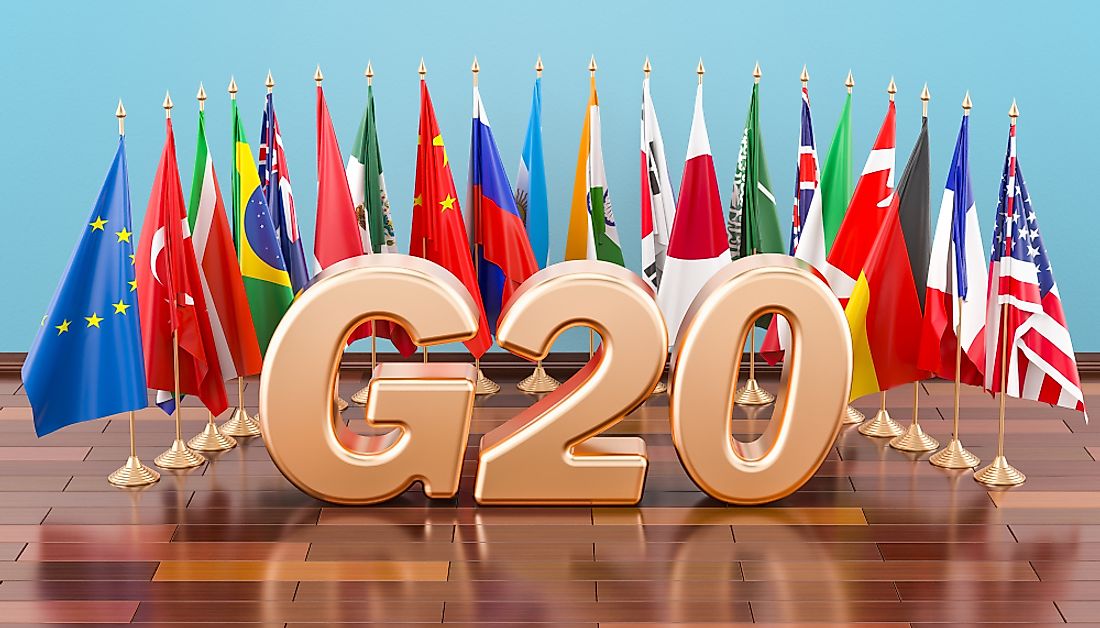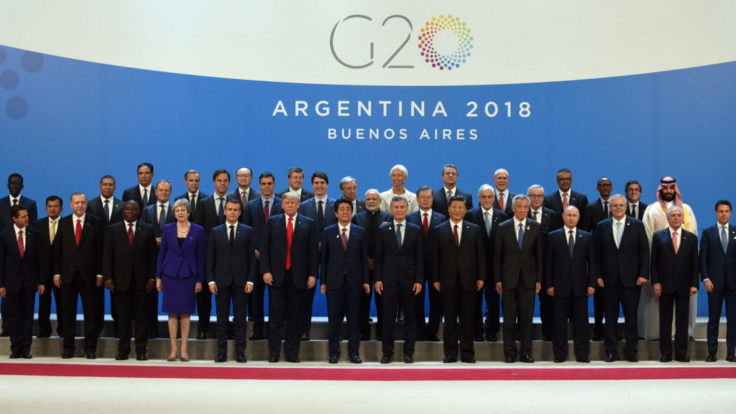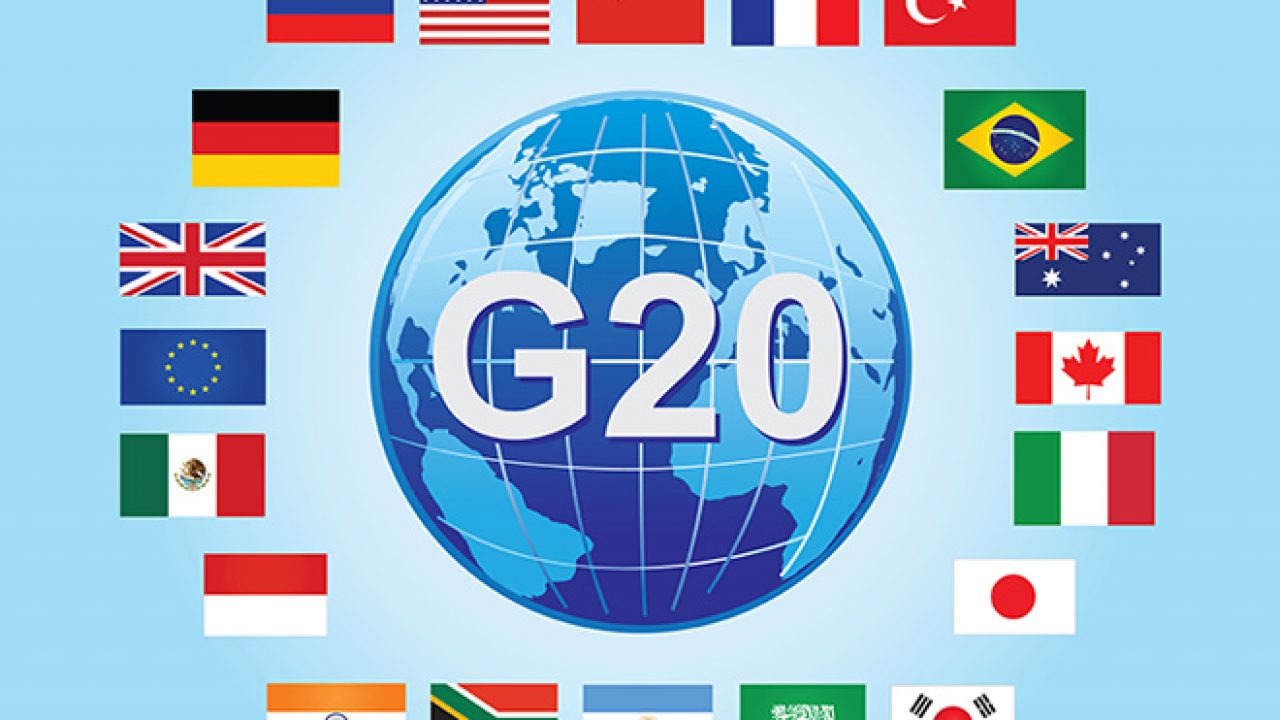AI-Generated Avatar to Extend Warm Welcome to G20 Delegates at ‘Mother of Democracy’ Exhibition
The introduction of an AI-generated ‘avatar’ to greet and guide visitors through the ‘Mother of Democracy’ exhibition is a testament to India’s commitment to showcasing its cultural heritage and technological prowess on the world stage. This AI-driven interaction aligns with the broader trend of leveraging technology to enhance museum and exhibition experiences, making them more engaging and informative.
By spanning India’s democratic traditions from ancient times to the modern era, the exhibition provides international leaders and visitors with valuable insights into the country’s history and political evolution. It also serves as a platform to highlight India’s democratic values and its contributions to the global dialogue on governance.
Overall, the use of AI in cultural exhibitions like this not only enhances the visitor experience but also exemplifies how technology can be harnessed to promote a deeper understanding of a nation’s heritage and principles during international events like the G20 Summit.

The inclusion of 16 global languages in the exhibition’s textual content and audio presentations reflects India’s commitment to inclusivity and facilitating international engagement. By providing information in multiple languages, the exhibition ensures that visitors from diverse backgrounds can access and appreciate India’s rich democratic heritage. This multilingual approach aligns with the spirit of the G20 Summit, which brings together nations from various linguistic and cultural backgrounds to foster collaboration and understanding on global issues.
Moreover, offering information in multiple languages enhances accessibility and promotes cultural exchange, making it easier for international visitors to connect with and appreciate the historical and democratic aspects of India’s heritage. It’s a testament to India’s efforts to create a welcoming and informative experience for all attendees at the G20 Summit.
The use of interactive screens and kiosks to convey India’s democratic history exemplifies a modern and engaging approach to storytelling. These interactive displays allow visitors to actively participate in learning about India’s democratic journey. By utilizing technology and multimedia elements, such as videos, images, and text, the exhibition can provide a dynamic and immersive experience. Visitors can explore the evolution of India’s democratic ethos at their own pace and engage with the content in a way that resonates with them, fostering a deeper understanding and appreciation of the subject matter.

The presence of 26 interactive screens distributed across multiple kiosks suggests a comprehensive and multifaceted narrative, covering various aspects of India’s democratic traditions from the Vedic period to the present day. This approach not only educates but also invites visitors to connect with India’s history and values, creating a meaningful and memorable experience during the G20 Summit.
The ‘Mother of Democracy’ exhibition, marked by its innovative use of AI-generated ‘avatars,’ promises to be a captivating and educational experience for the attendees of the G20 Summit. By presenting India’s rich democratic traditions from ancient times to the modern era, it offers a comprehensive insight into the country’s history and evolution as a democratic nation.
With 26 interactive screens in multiple kiosks and content available in 16 global languages, the exhibition ensures accessibility to a diverse audience, fostering a deeper understanding of India’s democratic ethos and heritage.
The incorporation of AI technology to greet and guide visitors showcases India’s embrace of modern advancements, making the exhibition not only informative but also a testament to the nation’s commitment to innovation and inclusivity. It’s an opportunity for world leaders and delegates to engage with India’s democratic narrative in a dynamic and technologically enhanced setting, underscoring the importance of democracy and cultural exchange on the global stage.

The inclusion of a replica sculpture of the Harappan girl, prominently displayed on a rotating elevated podium, adds an artistic and historical dimension to the ‘Mother of Democracy’ exhibition. This sculpture, representing an ancient civilization from the Indian subcontinent, serves as a symbol of cultural continuity and heritage. Its placement at the center of the exhibition area ensures that it becomes a focal point, inviting attendees to appreciate the artistic and archaeological legacy of India.
By featuring such artifacts, the exhibition not only highlights the democratic traditions of India but also emphasizes the nation’s rich archaeological and historical heritage. It’s a testament to the country’s multifaceted identity, showcasing the blend of democracy, art, and history that has shaped India into the nation it is today. The Harappan girl sculpture becomes a visual anchor, drawing attention to the intertwined narratives of democracy and culture in India.
The decision to create a bronze replica of the Harappan girl sculpture at a towering height of 5 feet and a substantial weight of 120 kg is a remarkable artistic choice. By enlarging the sculpture to such proportions, the creators intend to magnify its visual impact, ensuring that it commands attention and leaves a lasting impression on those who visit the exhibition. This larger-than-life representation allows attendees to engage with the sculpture on a grand scale, emphasizing its significance in the context of Indian history and heritage.

Moreover, crafting the replica in bronze not only adds to its durability but also pays homage to the rich tradition of bronze casting in India, which dates back centuries. It showcases the country’s artistic prowess and its dedication to preserving its cultural treasures. The decision to create this impressive replica speaks to the exhibition’s commitment to providing a comprehensive and immersive experience that encompasses both history and art, making it a truly memorable endeavor.
The exhibition’s focus on India’s election traditions, from ancient times to the modern era, provides a valuable insight into the nation’s democratic journey. India’s democratic system has evolved over thousands of years, and this exhibition offers a unique opportunity to trace its development through various historical periods. Starting with the Vedic period, where democratic ideals were first articulated, to showcasing the significance of modern democratic practices in post-independence India, the exhibition offers a comprehensive view of India’s rich democratic heritage.
Highlighting key milestones, such as the first general elections in 1951-52 and subsequent Lok Sabha elections up to 2019, the exhibition enables visitors to appreciate the remarkable progress and complexity of India’s democratic processes. By examining the electoral traditions, institutions, and practices that have shaped India’s democracy, attendees can gain a deeper understanding of the country’s vibrant political landscape and the values that underpin its democratic ethos.
This exhibition not only celebrates India’s democratic traditions but also serves as a testament to the enduring spirit of democracy itself.
